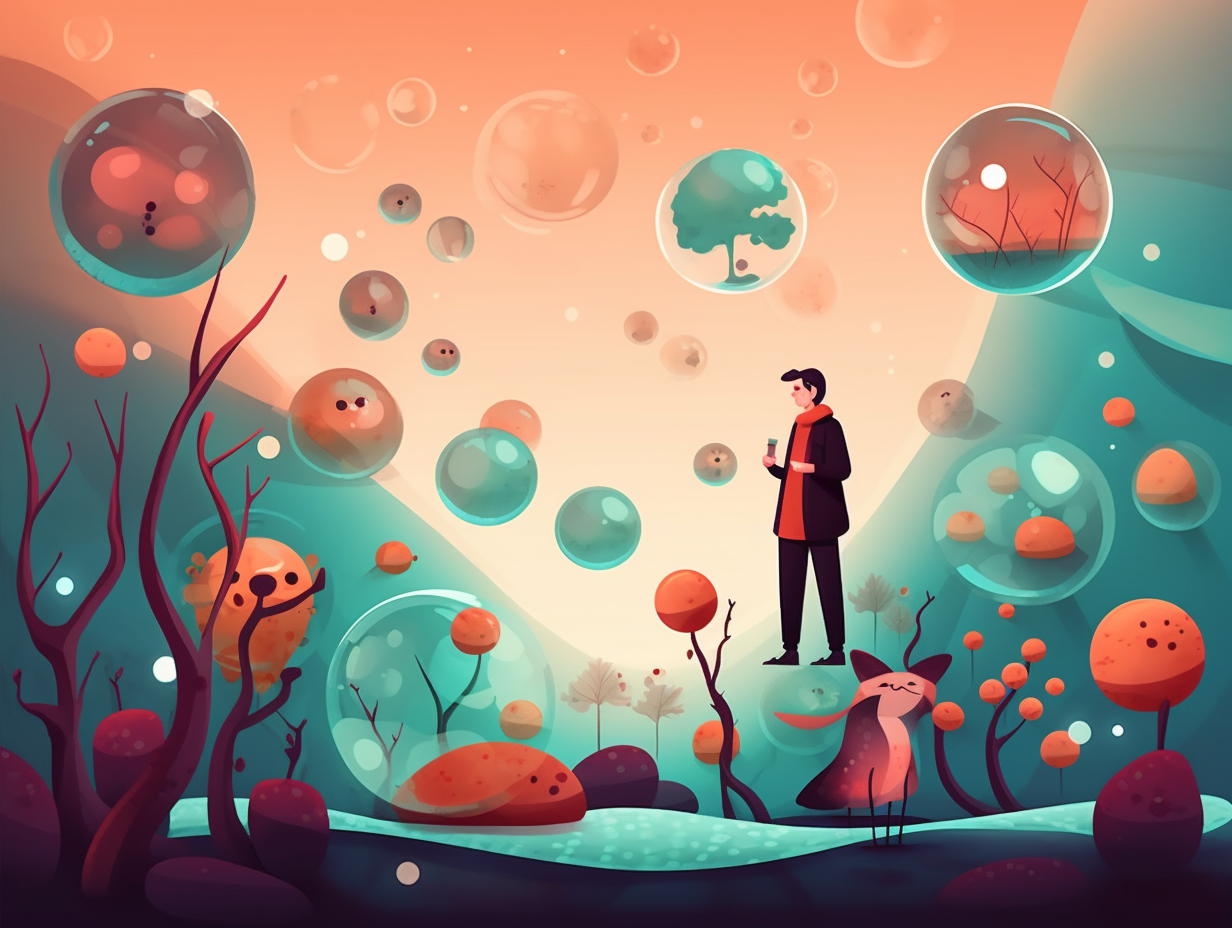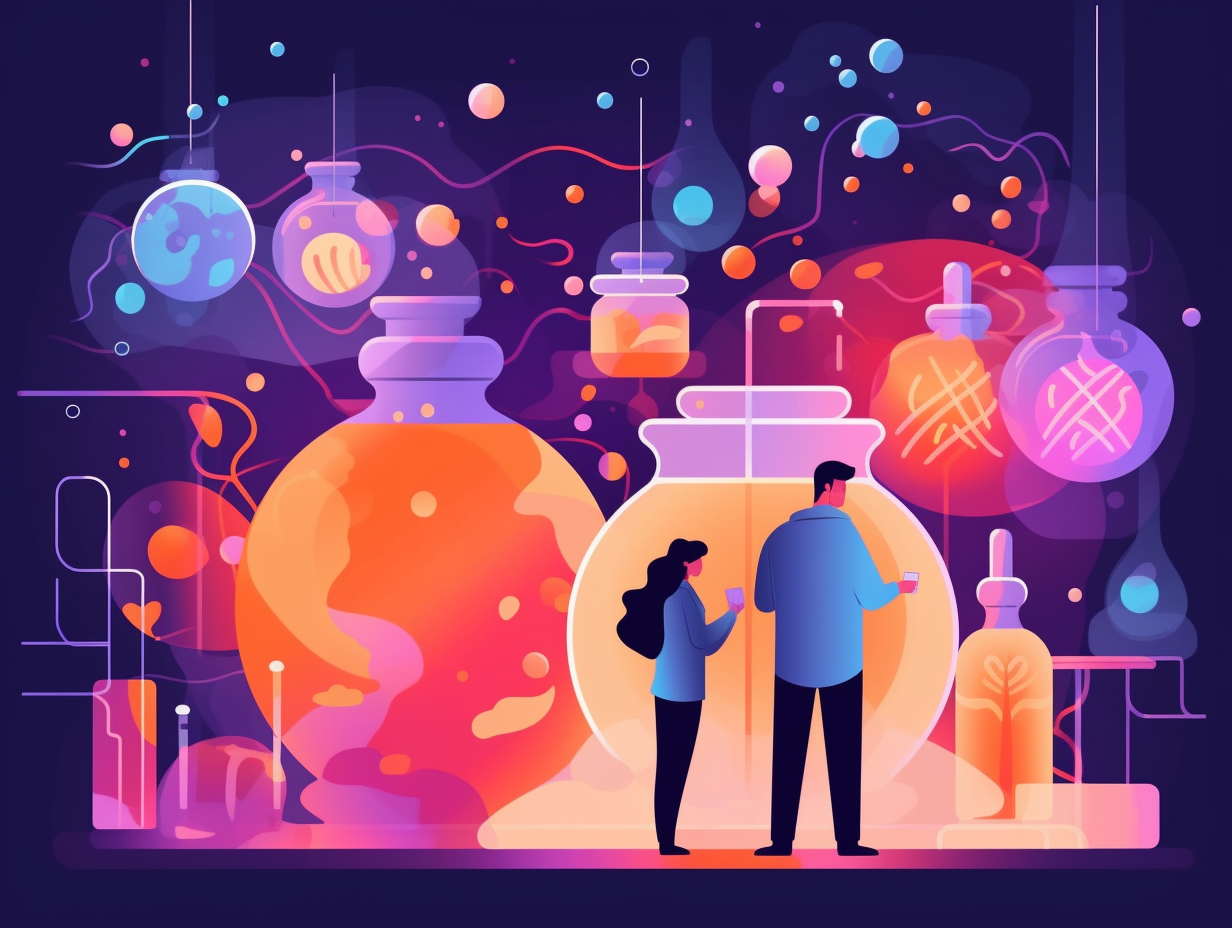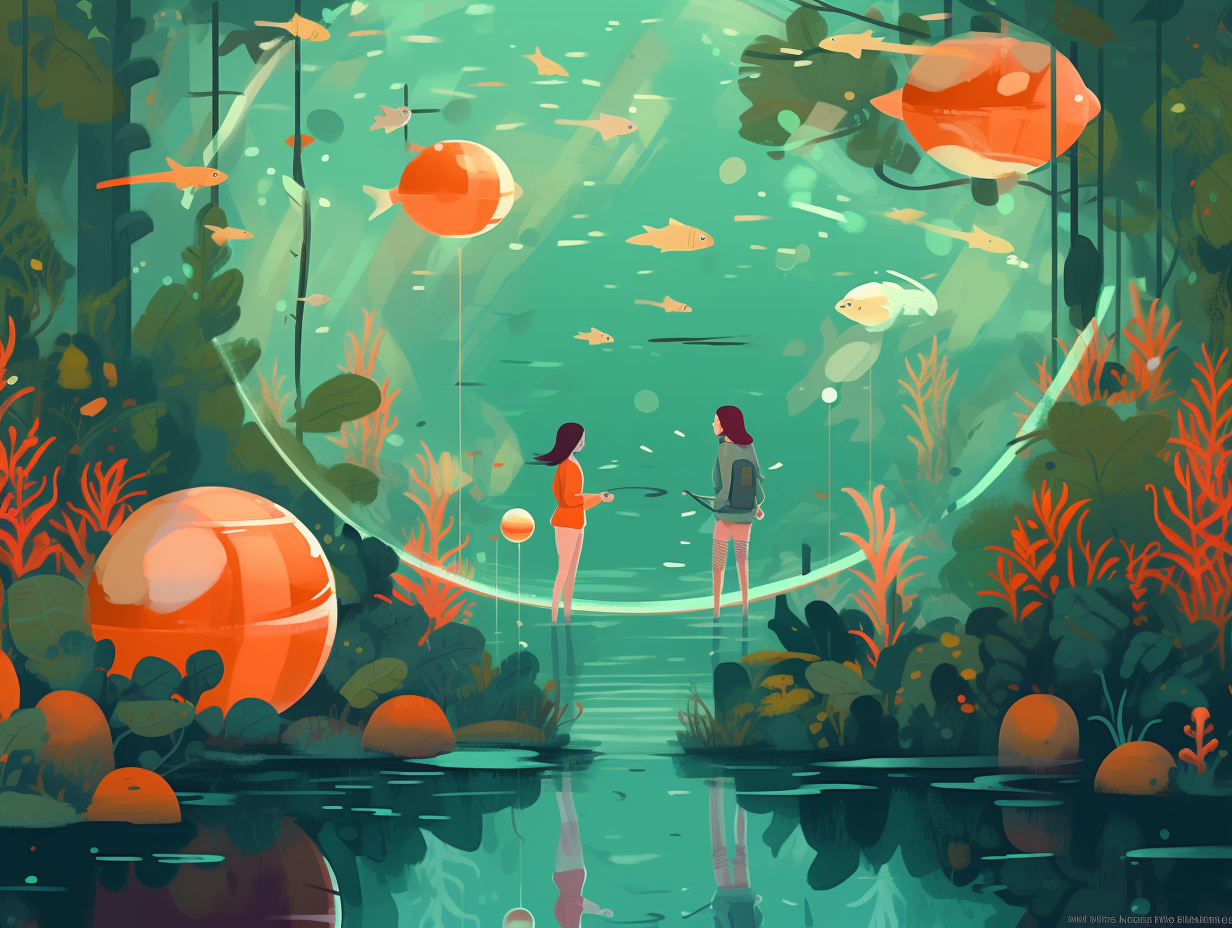Discover the Microscopic World: Top 14 Fun and Fascinating Facts about Animal Cells

1. Cellular Pirate Crew
Imagine the hidden crew of a cellular pirate ship, steering the vessel and assisting in its daring escapades: In reality, animal cells contain a cytoskeleton made of microtubules, actin filaments, and intermediate filaments – orchestrating vital functions such as cell movement, structure, and division.
Source => nature.com
2. Mice Sunbathing Sensation
Move over, Dracula: sunbathing isn't just for vampires with SPF-obsessed bloodlust anymore. Mice too, can get a major case of the UVB-e-jeebies, sparking a notable drop in their pain thresholds: This tanning bed trial leads to systemic hyperalgesia in our furry friends, marked by an increase in cytokine and nerve growth factor levels, but fear not! Anti-inflammatory cytokines like IL-10 and IL-13 can swoop in to prevent those sunshine-induced cries for help.
Source => ncbi.nlm.nih.gov

Did you know salamanders are slimy superstars that can regenerate lost limbs, organs, and tissues? Discover their amazing abilities in our fun facts about cells!
=> Fun Facts about Cells
3. Protein Royal Helpers
Like a group of tiny molecular butlers and maids trying to keep the estate of Lady Cellula spick and span, animal cells have a team catering to the needs of proteins: Welcome to the fancy proteostasis network! This elaborate system manages protein synthesis, folding, conformational maintenance, and degradation, making sure cellular protein homeostasis remains shipshape. Alas, these dainty helpers lose their gusto as cells age, inviting dreadful guests like age-associated proteinopathies and neurodegenerative disorders to crash the party.
Source => ncbi.nlm.nih.gov
4. Speed Dating Animal Cells
If animal cells were speed daters, they'd be raking in matches left and right, given their stunning array of specialized receptors: In fact, they sport hundreds of different types designed to attract specific signaling molecules, like dopamine and insulin, leading to biochemical love connections that initiate vital physiological responses and intracellular communication.
Source => nature.com
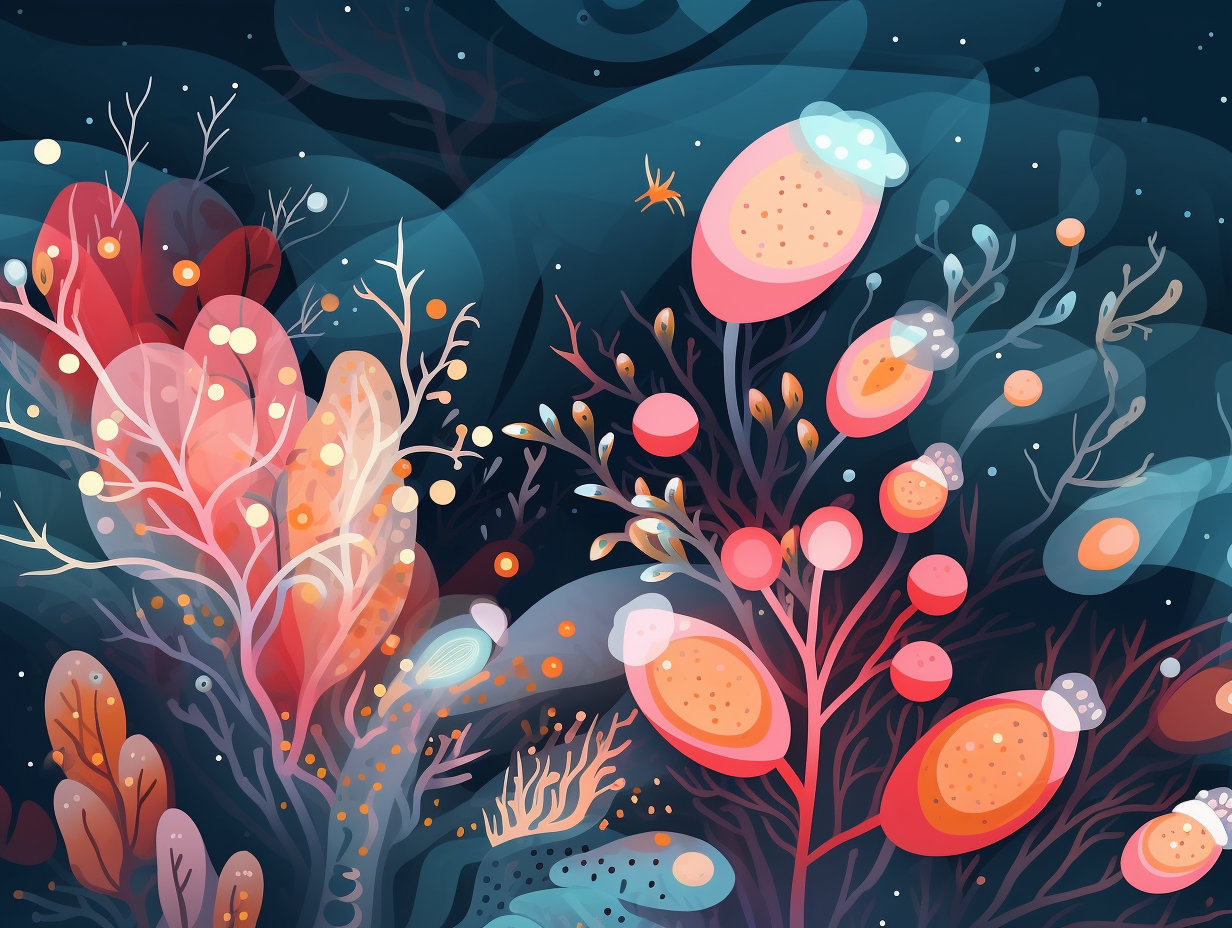
5. Animal Cells: Decluttering Masters
Move over, Marie Kondo, animal cells have decluttering down to a science: Through a process called receptor-mediated endocytosis, they selectively consume specific macromolecules, then swiftly recycle the receptors back to the plasma membrane, while routing the macromolecules to the early endosome's sorting compartment to be either reused or transported to lysosomes for degradation. Because of this impressive tidy-uppery, nearly 50% of the plasma membrane gets internalized and swapped out every hour!
Source => ncbi.nlm.nih.gov
6. Gravity-Insensitive Cells
Did you hear about the plants that didn't get invited to the party? They just couldn't feel the gravity of the situation: While plants can sense gravitational forces via gravisensing and adjust their growth in response, animal cells lack the ability to feel gravity's pull at all.
Source => nature.com
7. Protein Building Kit Architects
Picture this: tiny architects within animal cells are using a protein-based building kit that's all the rage, constructing the ultimate cellular mansions! The secret blueprint: the cytoskeleton of animal cells is made up of three types of protein fibers, namely microfilaments, intermediate filaments, and microtubules, which not only provide structure, but also help with cell division and movement.
Source => homework.study.com
8. The Molecular MacGyver
Introducing the Golgi apparatus, the molecular MacGyver of the cell, who moonlights as a master chemist when it's not busy dabbling in the world of proteins: This multitasking genius is responsible for creating important lipids like glycolipids and sphingomyelin, which are crucial components of animal cell membranes, while also sorting and processing proteins within the cell.
Source => ncbi.nlm.nih.gov
9. Chatty Cellular Neighbors
Feeling lonely? Introducing animal cells, your body's in-house chatty neighbors equipped with a not-so-shoddy walk(ie)-talk(ie) system: These social butterflies use paracrine signaling - a highly effective chemical language - to constantly coordinate their actions and maintain the delicate balance within your body!
Source => khanacademy.org
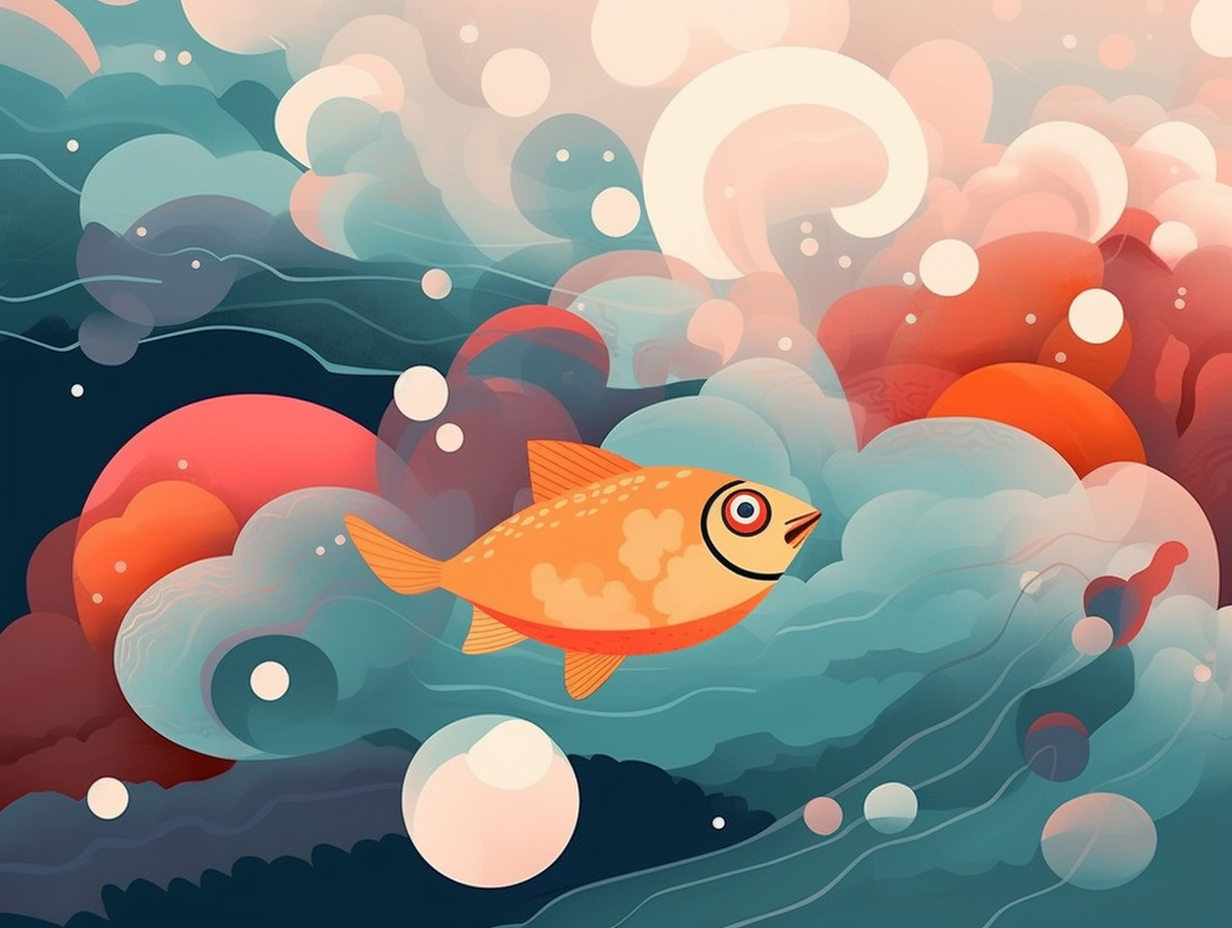
10. Shape-Shifting Centrosomes
Step aside, party animals, and make way for the cell's unsung hero – the dazzling, ever-changing centrosome: Wrapped up in tubulin's embrace, these dynamic microtubules reorganize like a shape-shifting magician during mitosis, mastering the cytoskeleton's remodeling and playing a vital role in cell division.
Source => ncbi.nlm.nih.gov
11. Glycoprotein Exclusive Club
It's not exactly a secret handshake, but animal cells still have a pretty exclusive club of glycoproteins that make their interactions as smooth as silk: Animal cells use these glycoproteins, which are embedded in their plasma membranes and consist of unique patterns of oligosaccharide sugar chains, for cell-to-cell recognition, adhesion, and signaling.
Source => study.com
12. Breakdancing Cell Proteins
Who knew animal cells could channel their inner breakdancer? They depend on a tiny, twisty protein to pull off some smooth moves: Actin filaments, one of the most abundant proteins on earth, allow animal cells to change shape and move around, supporting the cell's mechanical structure and motility, without needing actual muscles.
Source => ncbi.nlm.nih.gov
13. Animal Cell Recycling Experts
Move over, Marie Kondo, animal cells are the true masters of tidying up: Lysosomes, small organelles within animal cells, use powerful enzymes to break down cellular waste into simple compounds, which are then repurposed for new cell-building materials — talk about recycling!
Source => micro.magnet.fsu.edu
14. Touch-Sensitive Skin Cells
From feeling the gentlest butterfly kisses to sensing the thrilling vibes of a dancefloor beneath your feet: animal cells possess an array of mechanoreceptors in the skin that enable them to precisely detect varying types of touch, a crucial survival tool for navigating their environment and interacting with fellow organisms.
Source => organismalbio.biosci.gatech.edu
Related Fun Facts

